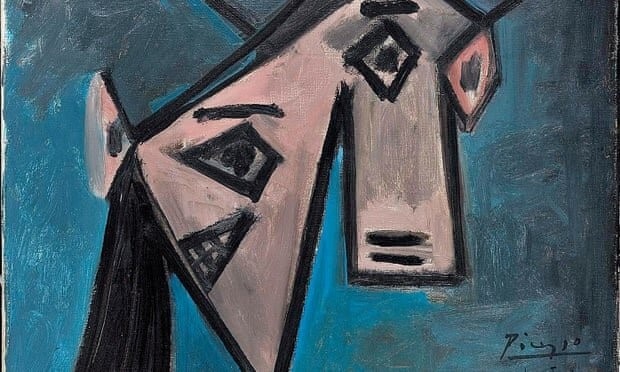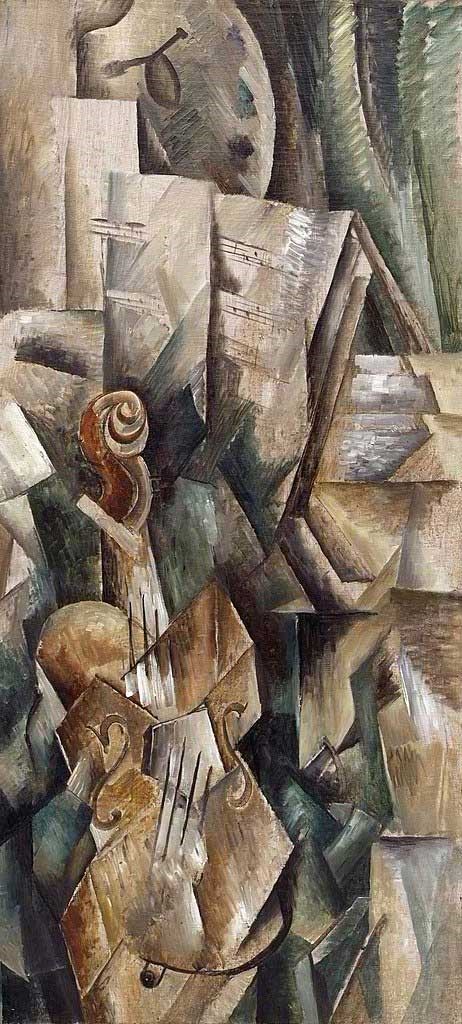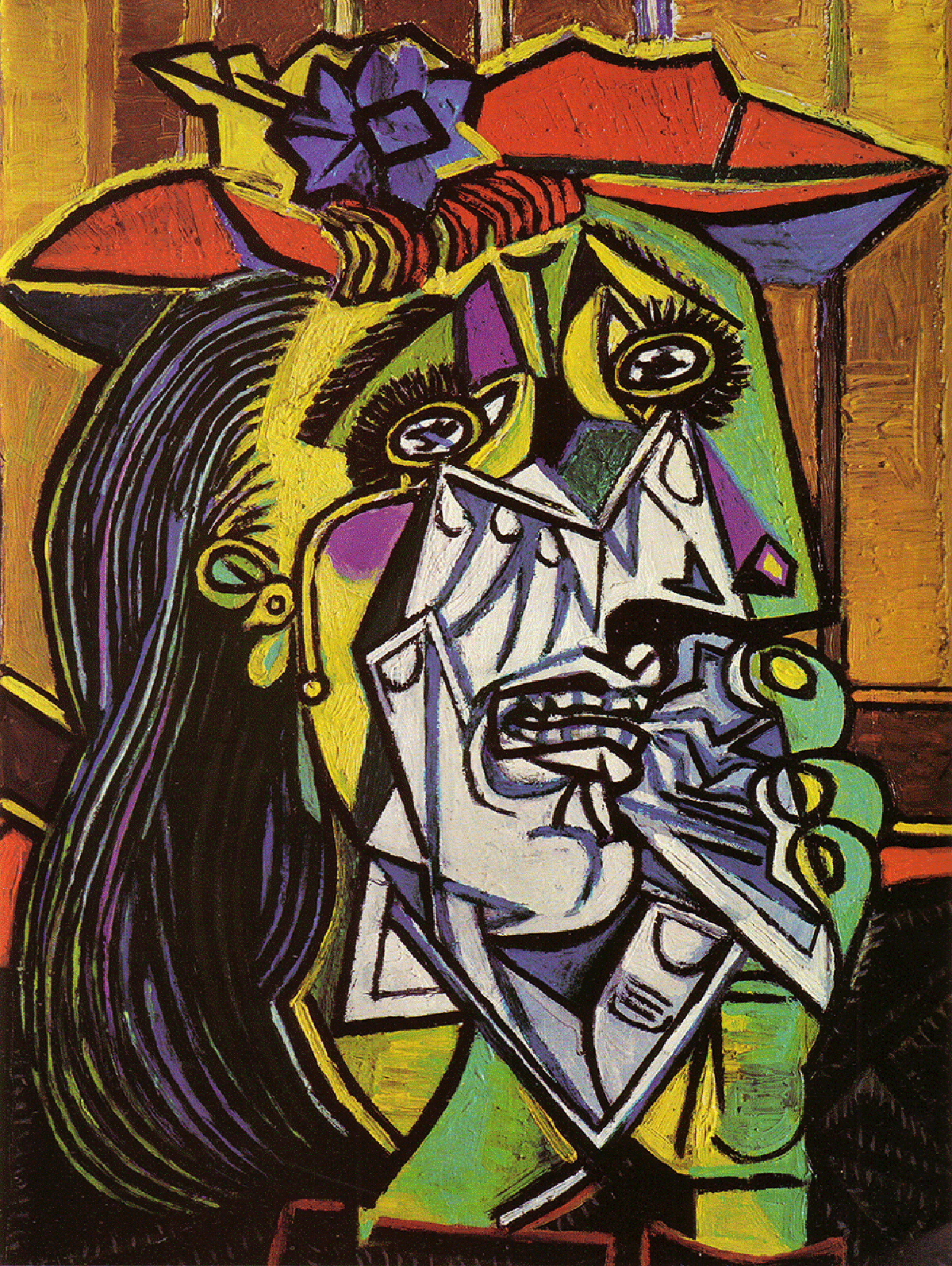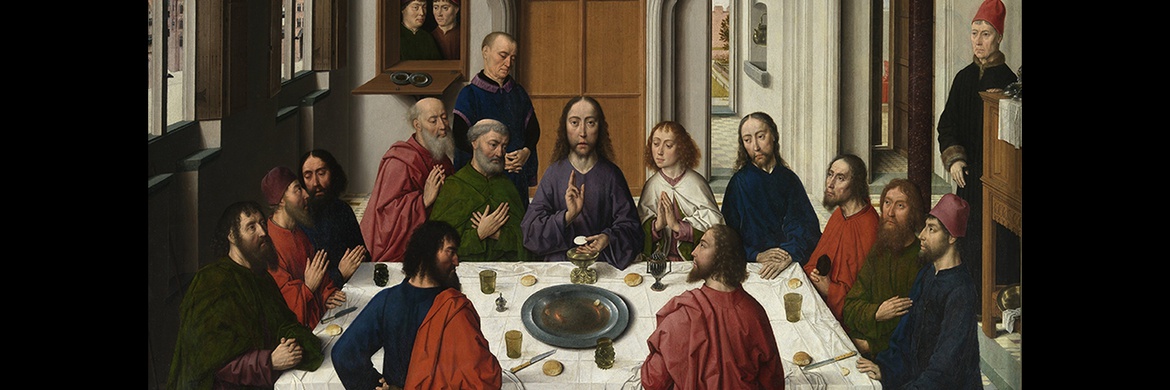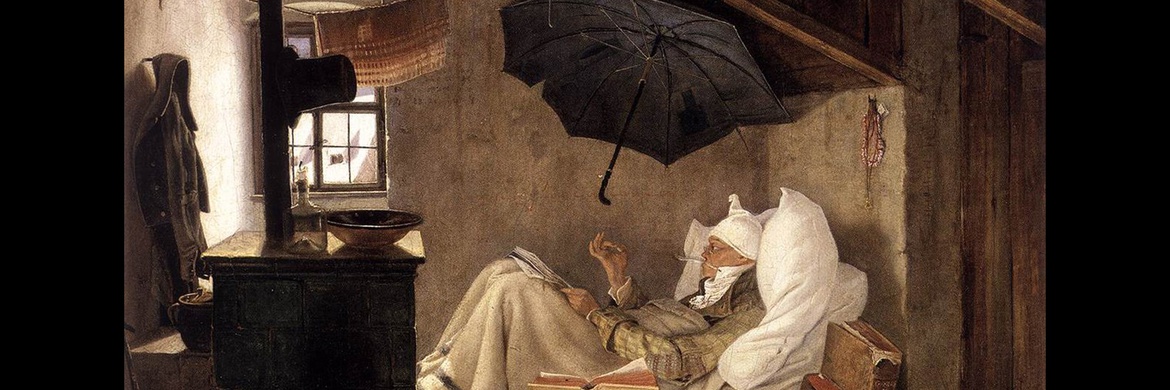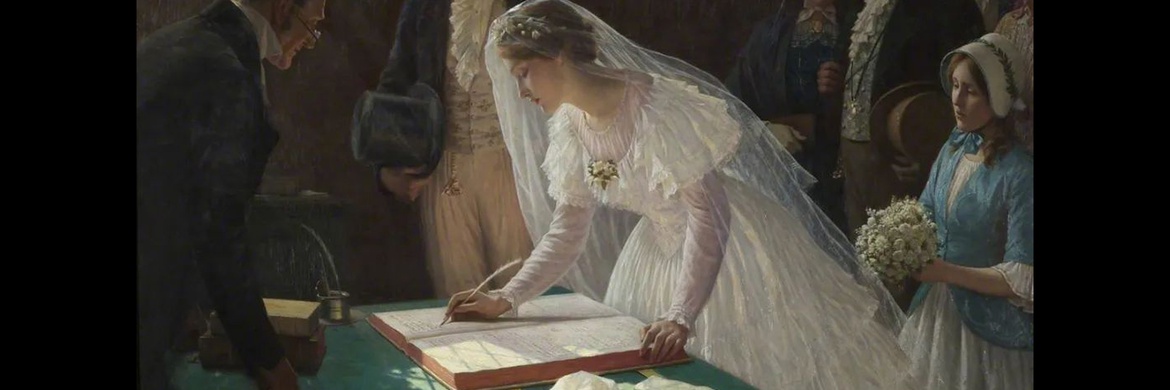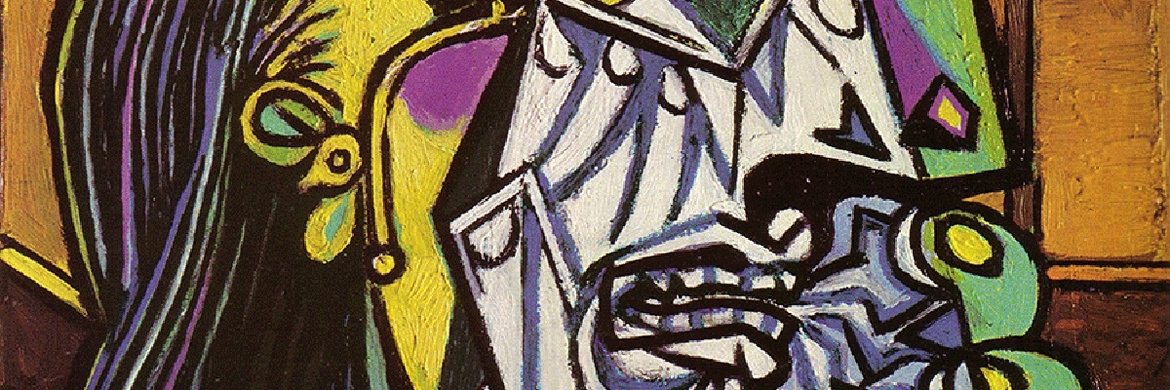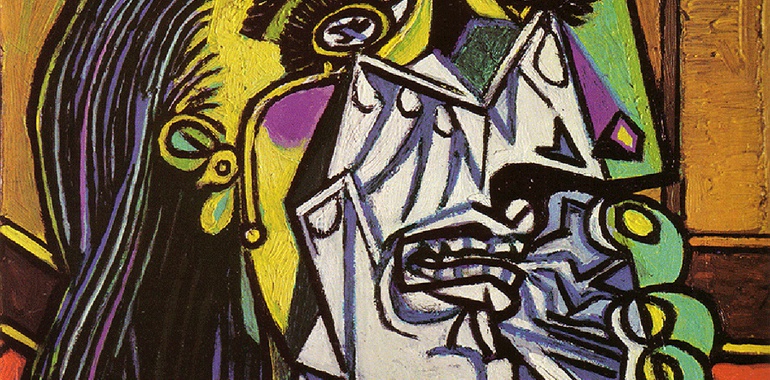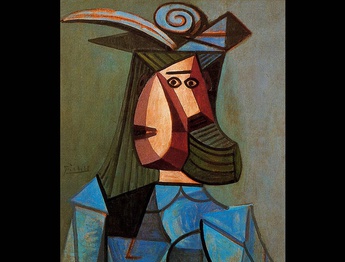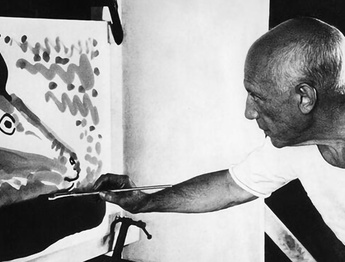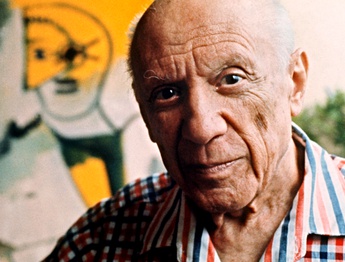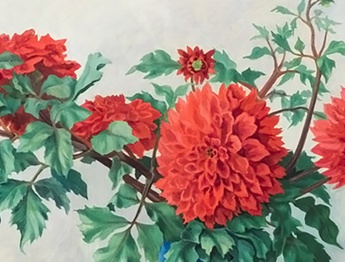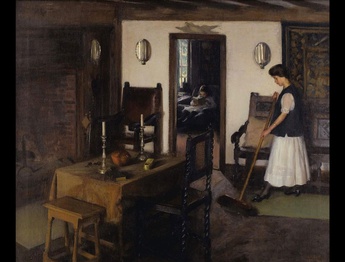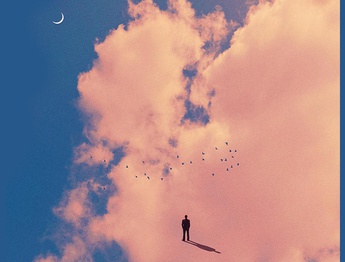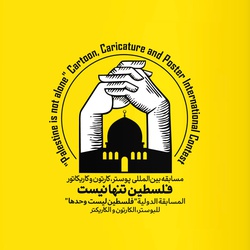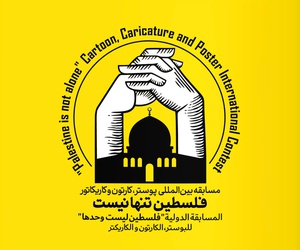The manifestation of the culture and art of the black continent on the culture and art of the old continent is a matter that the Europeans themselves do not want to admit, but the examination of art schools of the 20th century shows how much Western artists were fascinated by African art.
According to the visual arts magazine, quoted by ISNA: Europe witnessed the emergence of one of the most controversial art schools at the beginning of the 20th century. After Impressionism and its most famous painting "Starry Night" by Vincent van Gogh and Expressionism and its most famous painting "The Scream" by Edvard Munch, a school emerged that broke all the principles and rules of art before it. It was the school of cubism that Pablo Picasso, the famous Spanish painter, is known as its creator. The name of Georges Braque, a French painter, is also seen alongside Picasso as the pioneer of Cubism.
The Cubism movement gained wide fame in the world and the artists of this school, including Picasso, became very famous and well-known thanks to the deep philosophy behind it, but few people know that the foundation of Cubism was built by Africans. Especially the old continent itself, which is considered the initiator of this movement, does not admit this.
According to a report in the Guardian newspaper, until the age of 26, Picasso painted in the popular art styles of that time, including expressionism, but after that he was looking for a new and special source of inspiration. He found his lost in African art.
Picasso became interested in African art after seeing an African sculpture at a friend's house, and then visited the Trocadero Museum, which he said had a great influence on the development of his art.
Picasso believed that African artists created their works not to convey beauty but for a magical and sacred purpose, and they intend to create a mediator between themselves and the mysterious hostile forces that surround them by creating those works of art. And by giving a visible form to their fears and desires, they somehow dominate the affairs.
After visiting the Trocadero Museum, Picasso began to collect African masks, sculptures and musical instruments and had collected about 100 African pieces before his death.
The colonial wars of the White Continent against the Black Continent were not only aimed at plundering the wealth and enslaving the people of that country, but also plundering their thoughts and identity. The iconic museum of the Western civilized world, the Louvre Museum houses a vast collection of artworks stolen by Napoleon from around the world. Looting the culture and civilization of the colonized countries is not less important for the colonialists than the treasures of a country because it causes the people under colonization not to consider themselves as a separate nation with independent thought and culture and not to try to preserve their civilization.
Spirituality was the secret hidden in the artworks of Africans, and it attracted the artists of the West, whose land was empty of this concept. Simple and unpretentious African paintings and three-dimensional sculptures surprised the Westerners, and in this regard, the Cubism school of art based on the use of warm colors and primitive and geometric shapes emerged.
But the West never admits that it owes the development of its culture and art to its colonial countries; Western artists considered African societies to be mysterious, spiritual, and also wild. They have chosen and attributed to themselves what was attractive to them about the visual and cultural identity of Africans.
